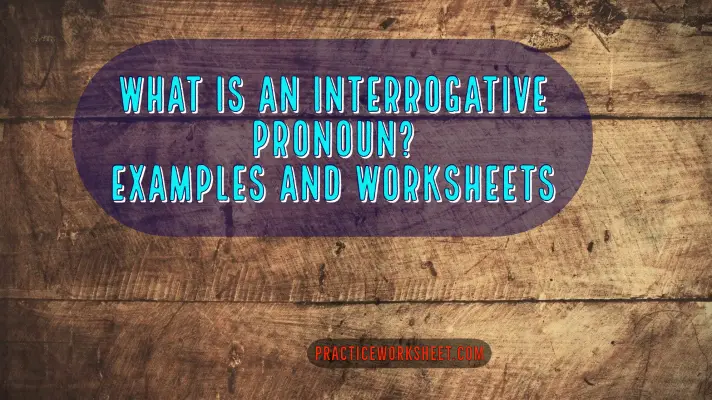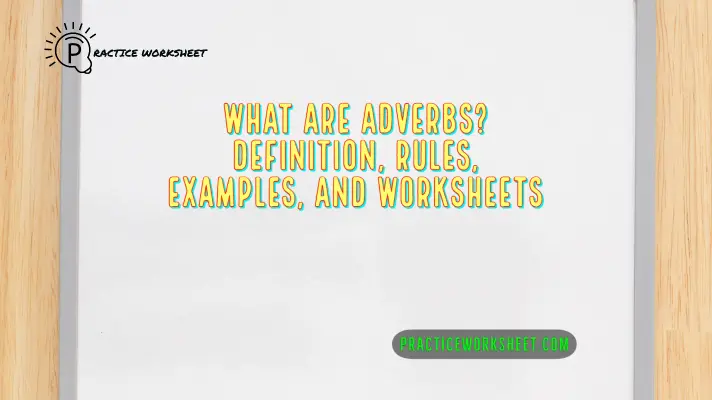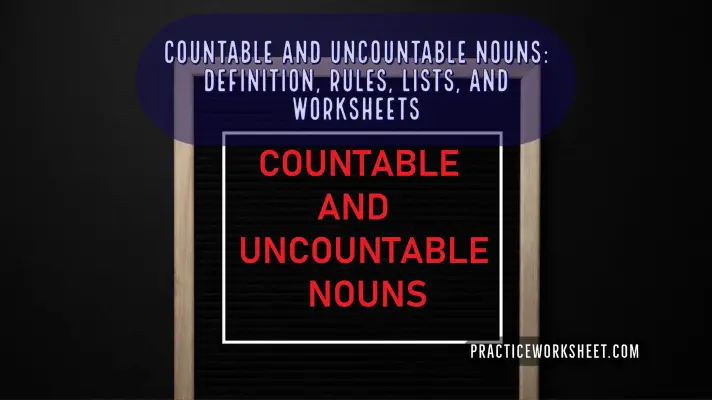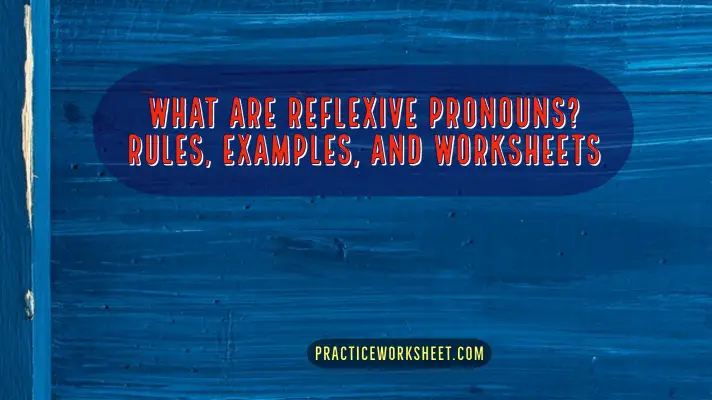An object is a noun or pronoun and forms the part of a sentence that gives meaning to the subject’s action of the verb. Object is often a part of the predicate and follows the subject and verb in the sentence. It normally comes after the verb. However, there could be sentences without an object. For example, Aharsi is riding a horse. Here, the term “a horse” is the object of the verb “ride” and subject “Aharsi”. In the sentence “Advik is running”, there is no object.
There are two types of objects in the English grammar; Direct objects and Indirect objects.
What is a Direct Object?
A direct object receives the action in the sentence. It usually answers the question what? or whom? For finding the direct object, simply find out the action verb in the sentence. Then ask what? or whom? about the verb and the answer will be a direct object. A direct object, in general, is a noun, pronoun, phrase, or clause.
Examples of Direct Object:
Uttam invited us to the birthday party.
Advik throw the ball in the air.
In the first sentence, “invite” is the action verb. Now if we ask a question invited whom? then the answer we get is “us”. So, in the above sentence “us” is the direct object.
Similarly, in the second sentence, the action verb is “throw”. If we ask a question What does Advik throw? The answer is “the ball”. So, in the second sentence, “the ball” is the direct object.
One more useful method to determine a direct object is rephrasing the sentence into passive voice. If the sentence is possible to turn into passive voice, then the direct object of the active sentence will become the subject of the passive sentence. Otherwise, the sentence will not convert into passive voice form.
Types of Direct Objects
Direct objects can be of following three types:
- Simple Direct Object
- Complex Direct Object, and
- Compound Direct Object
A simple direct object consists of a noun or pronoun. For example, I am playing cricket. Here, the word “cricket” is the simple direct object.
A complex direct object consists of the noun, pronoun, and any other modifiers that accompany it. For example, Jharna baked the cake that she left in the oven for more than an hour. Here, “the cake that she left in the oven for more than an hour” is the complex direct object.
A compound direct object consists of two or more noun phrases joined together with a conjunction. For example, Jayita is cooking paneer and fish for the party. Here, Paneer and fish is the compound direct object.
What is an Indirect Object?
Sometimes the direct object in a sentence is received by something or someone. This receiver is known as the indirect object. Normally, an indirect object comes before the direct object and tells for whom the action is performed or to whom the action is directed. Note that, only verbs that have direct objects can have indirect objects. So an indirect object generally answers the questions of to whom, for whom, or for what? Usually, indirect objects are required with verbs like give, find, owe, offer, tell, show, bring, etc., and are often preceded by the preposition “to” or “for”.
For identifying an indirect object, there are two tests that can be used
- First, find a noun or a pronoun in the sentence that precedes the direct object.
- Next, determine if the word you think is a direct object seems to be the understood object of the preposition to or for.
Examples of Indirect Object:
The company offered me a job.
In the above sentence, the action verb is “offer”. If we ask a question What did the company offer? The answer is a job and it is a direct object. Now if we ask To whom the company offered the job. The answer is “me”. Here, the word “me” is the indirect object.
Similar to direct objects, Indirect objects are also of three types; Simple, Complex and Compound Indirect Objects.
Depending on the meaning of the sentence, some verbs always take a direct object, some may not take a direct object; others sometimes take one and sometimes don’t.
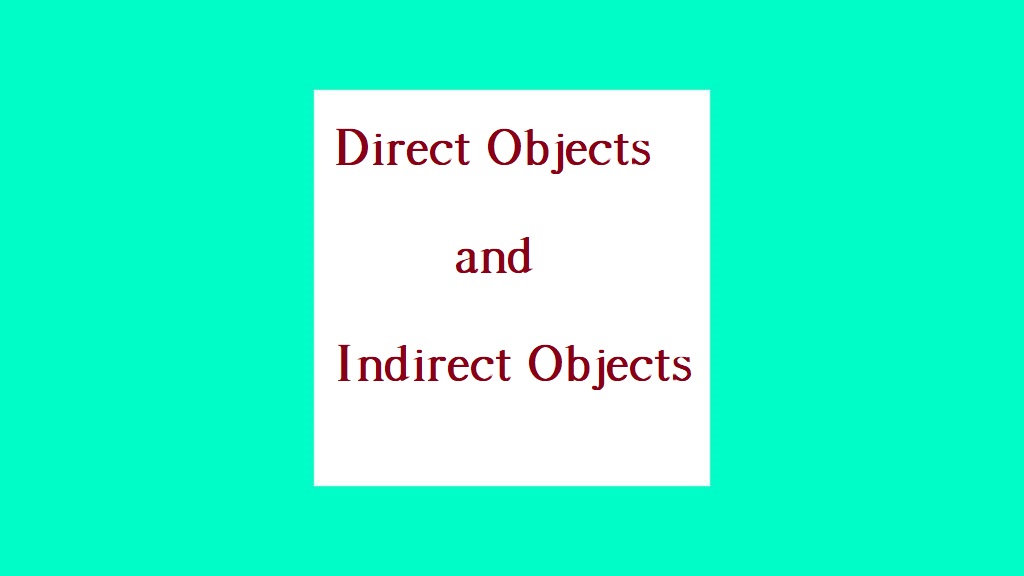
Direct and Indirect Object Worksheets
Hope, your understanding of direct and indirect objects are clear now. So, let’s dive into the worksheets to forge the understanding of the subject.
Q1: Identify the bold parts in each sentence and specify if it is Direct or Indirect object?
- Swarnali bought a cycle in November.
- Uttam does not own a Desktop Computer.
- Ismat put the chocolate in Zaki’s bag.
- Firan repaired his car.
- Ravleen found a pen in the park.
- Chiku hit the ball with a bat.
- Give your sister a break.
- They elected him their monitor.
- Her mother bought her a toy.
- The teacher gave the class some homework
Q2: Read the following sentences and Underline the direct object and circle the indirect object as applicable
- Ram gave his friends chocolates to celebrate the Diwali festival.
- My grandfather used to tell me fun stories when I visited him.
- The police discovered the truth from the accused.
- Mohor purchased an old car.
- Sumita passed the pickle to Manasi at lunch.
- Aharsi bought a new toy for his brother, Advik
- The engineer designed the company a statue.
- Ravleen wants a dog for her little brother.
- On teacher’s day, the students gave the teacher a card.
- Where did you put the keys?
Q3. Identify the Direct and Indirect Objects if any in the sentences below.
- He offered her a flower.
- Her father bought the popcorn that she likes.
- I wish you good luck.
- My grandmother baked me a cake with chocolate frosting.
- He gave them a bag full of money.
- She sent her friend an email.
- The worker painted the garage.
- The musician played his trumpet.
- Manasi bought Aharsi and Advik tickets for a ride.
- I dropped Dolly and Swarnali at the hospital.

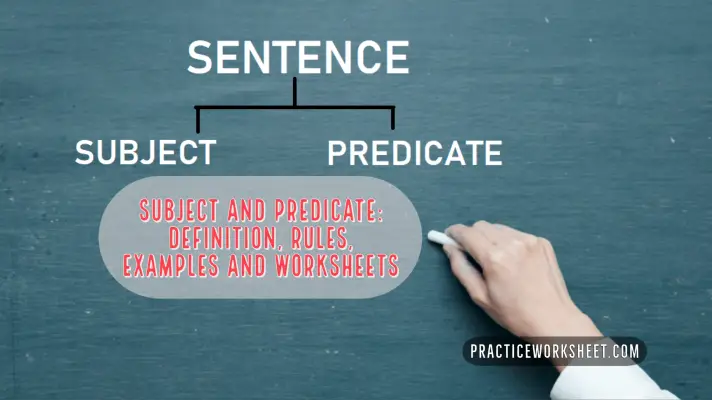

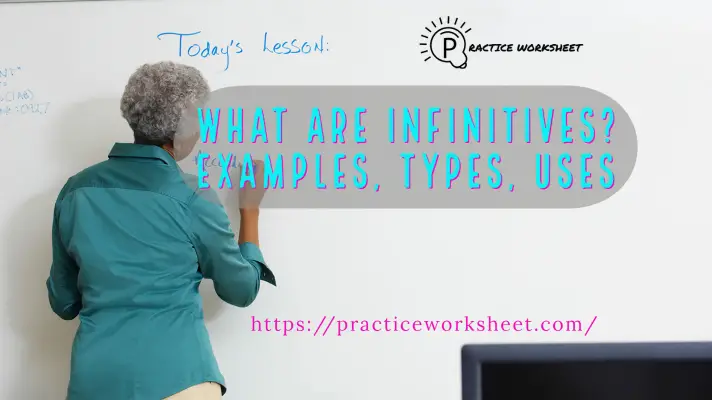
![Singular and Plural Nouns: Definition, Rules, Examples, and Worksheets [With PDF] Singular and Plural Nouns](https://practiceworksheet.com/wp-content/uploads/2020/11/Singular-and-Plural-Nouns.png)
